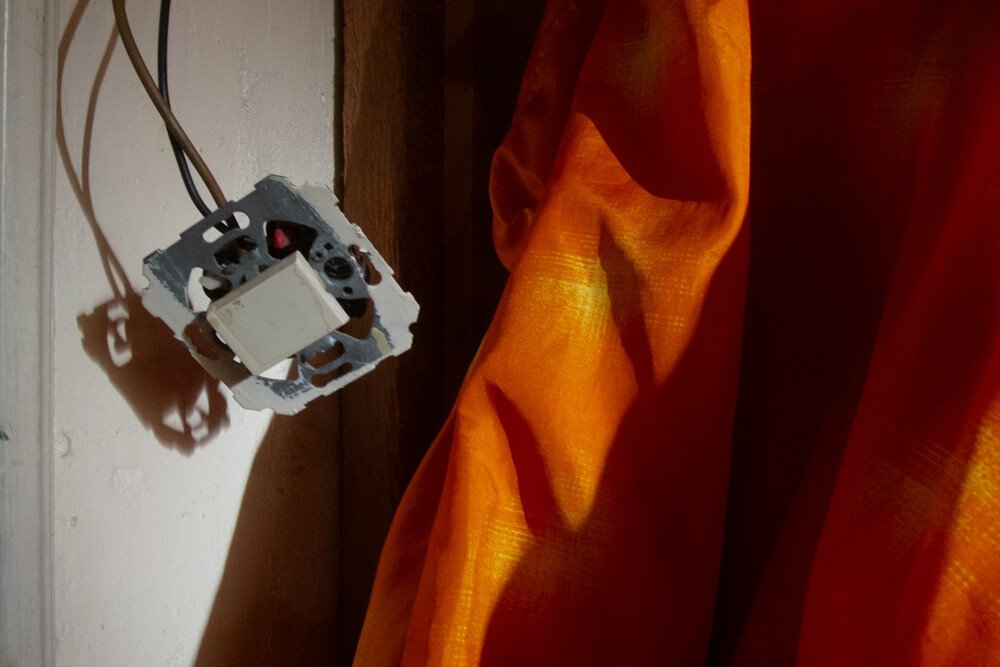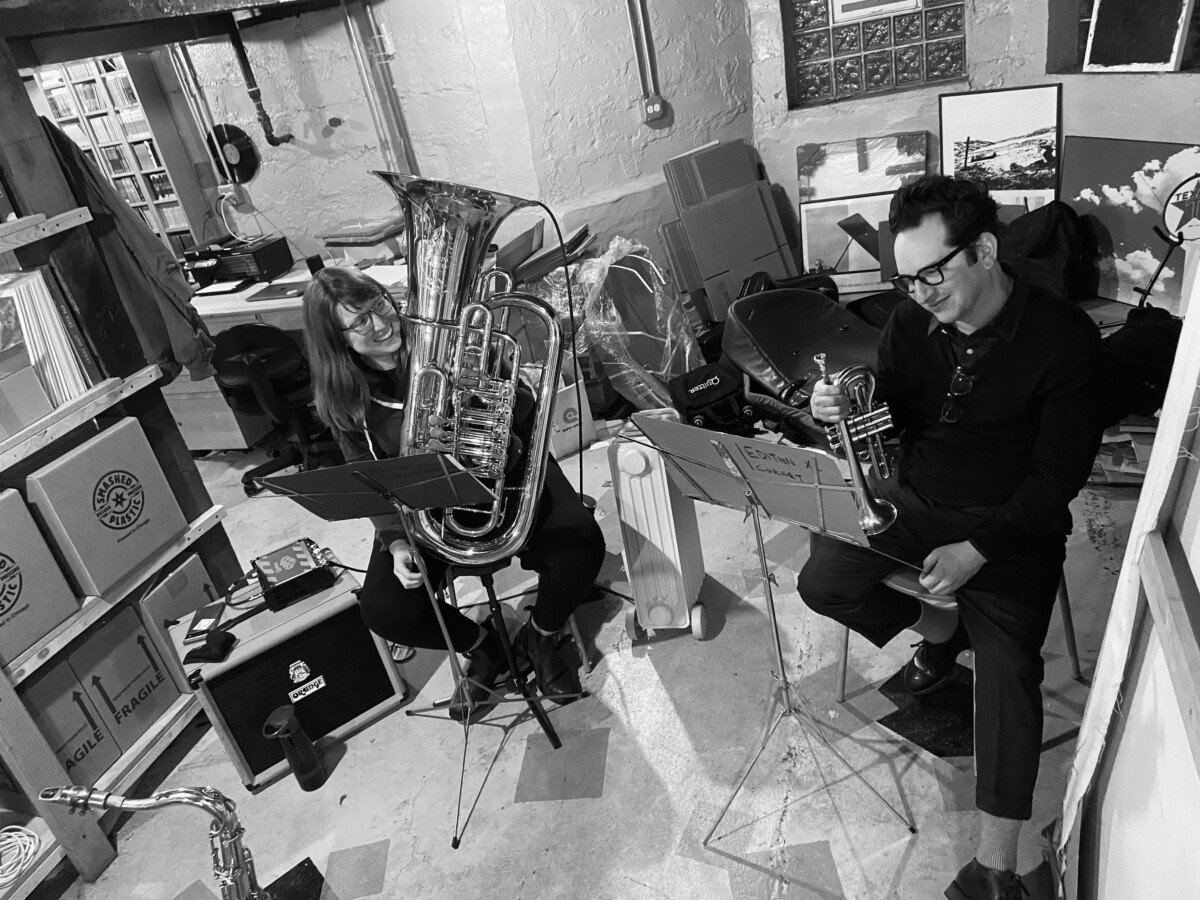Edition XL: next steps

Very happy to be working with (left to right) Erez Dessel, Nick Macri, Lily Finnegan; and Beth McDonald, Josh Berman on the ensemble project, Edition XL. I began composing for the group during early February in preparation for rehearsals that began in the second half of that month and have continued through March. At this point, seven pieces have been completed: one “triptych” working with different tempos that explore a generalized “jazz lexicon”, a second triptych to focuses on “free-funk” ideas influenced by Miles Davis’ “Cellar Door Sessions”, and the beginning of a third triptych that’s going to investigate different musical strategies set in motion by Cecil Taylor’s groups from the late 50’s/early 60’s.
The process of developing this material has been fascinating for me. Beth, Erez, Josh, Lily, and Nick have put in an exceptional amount of work going over the compositions both in rehearsal and on their own. Because the system I’ve generated for this material is completely new for me, it’s been necessary to recalibrate the balancing of parts over and over again, and the patience of all of these musicians has been extraordinary.


Each piece has three components, essentially foreground, midground, and background. The first step was in the writing. I needed to figure out how to overlay the charts for each composition so each part would speak with clarity. This meant selecting the aesthetics, key center to work with, and essential structure (AABA, ABAC, etc.) for each triptych and applying this to the writing procedures. This was necessary because, not only do the three components need to combine with each other, they also need to merge with the other pieces in the triptych, so each foreground can utilize a different midground or background.
The second step has been to figure out how to distribute the parts so the foreground material always remains primary. This has gone through many permutations. The first was to assign three instrumental voices to the foreground part, and one the mid and background parts, with Erez playing the written elements in octaves to make two “voices” available in the arrangements. Another key factor is that every part of each composition can be played by any of the musicians, so the lead voices on one performance might be tuba, clarinet, and cornet; with the secondary “voices” being the keyboard in octaves, and background part played by the bass. On another occasion the same piece might feature the keyboard in octaves with tenor sax; and the midground covered by tuba and cornet, with the bass in this instance using a walking bass line.
Though this strategy seemed to work the “jazz triptych” (the first series that was written), for the free-funk material if the secondary parts were played by two instruments it tended to overwhelm the lead melody. In addition, it quickly became clear that if Erez played a written part with one hand and comped with the other, the music for this triptych was greatly improved (not surprisingly, I learned that this was the case with all of the compositions for this group). The next plan was to keep three voices on the primary melody, with one on the secondary melody (Nick plays electric bass for the material of this triptych, with specific parts written for him to cover). But this ended up overpowering the secondary voice, so I asked Lily to follow that part and accent the line to help emphasize it. This seemed to be the solution…
That is, until the first composition of the third triptych was brought to rehearsal last night. It’s a set of material that will focus on the early Cecil Taylor aesthetics mentioned above. Not surprisingly, considering the source of inspiration, the level of rhythmic complexity for these pieces will be the most dynamic so far, both within each single component and between the overlay of all three of them. The balancing used for the “jazz set” had shifted to three on lead, one on midground, one background or walking bass, with Lily highlighting accents on the primary part. This method failed completely for the principles of this new composition; the rhythmic complexity needed for the music to speak properly totally dissipated. I then applied the method used for the free-funk tunes and this also failed for the same reason. But when two instruments were put on both the primary and secondary parts, with Nick covering the foundation chart and Lily highlighting those rhythms, everything clicked.
After that discovery, the group went over the compositions of the previous two triptychs and the balance previously realized for that material now seemed somehow wrong. I finally understood I was trying to listen to the blend of instruments and parts while also playing one of them which, in the case of this particular music, was a real problem. And so, after almost two months of work, I at last thought of recording the group playing a section of material and comparing voicings. In this case, of a jazz-based composition with the original distribution of parts and then using the arrangement found for the new piece. After doing so it was clear that the allotment of 2-2-1 was the solution. Since the midground and background parts had all been composed in response to the foreground component, the writing process had created the proper alignment in and of itself. This, coupled with Lily accenting the primary, secondary, or foundation parts depending on the material involved, gave the written music the coherence it had been needing.
It would have been impossible to come to this conclusion without the weeks of work for everyone involved. There are so many moving parts and details to the methodology used for the Edition XL project, many of them completely new to me and the band. Ample time was needed to find the right solutions to the creative problems this system has presented for me and the ensemble. Getting the support of this time- and also creative input- from Beth, Erez, Josh, Nick, and Lily has made it possible for the group to make a conceptual leap which has enabled us to get to work on the real playing- the improvising.